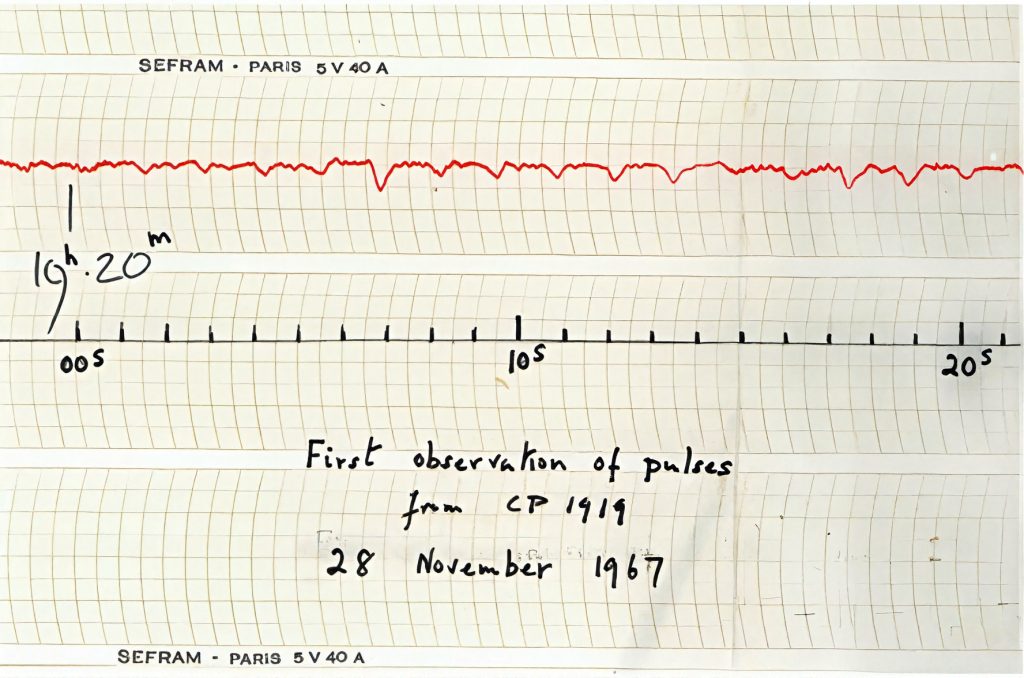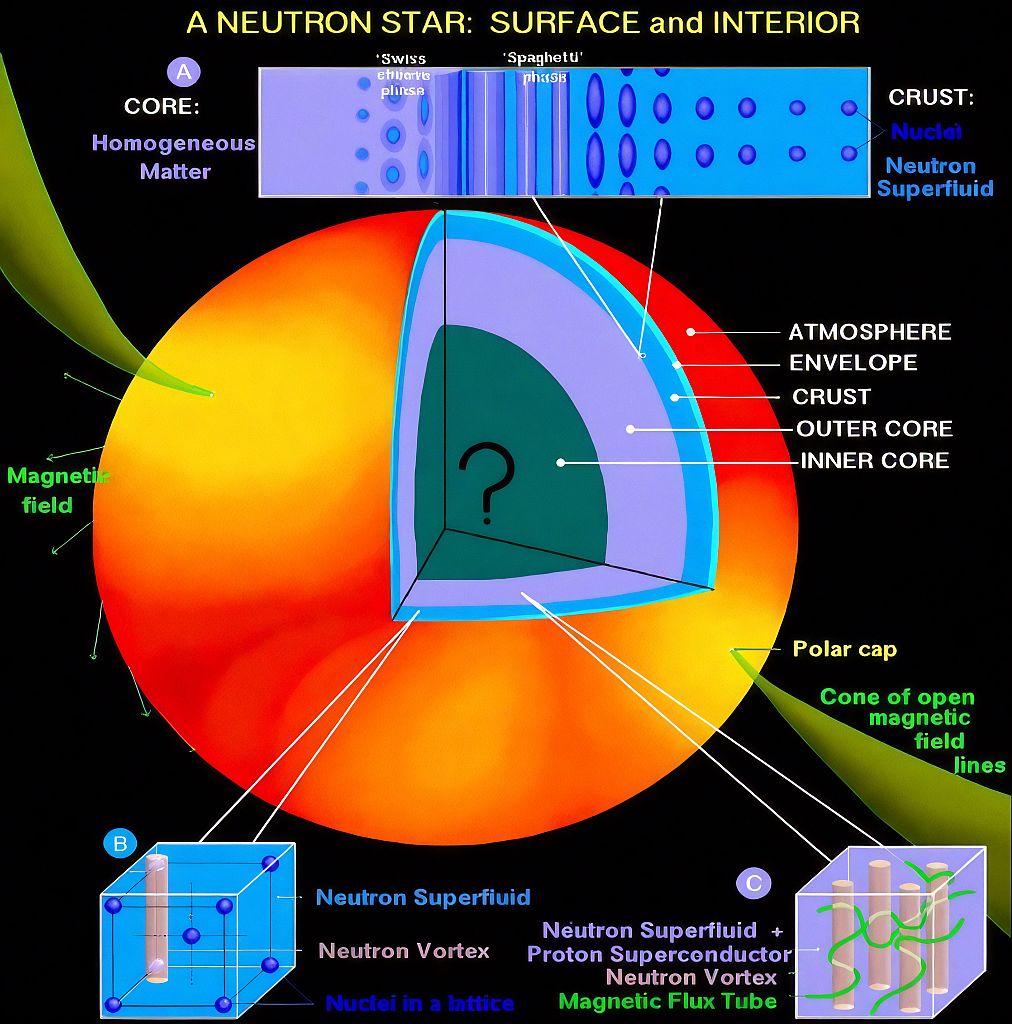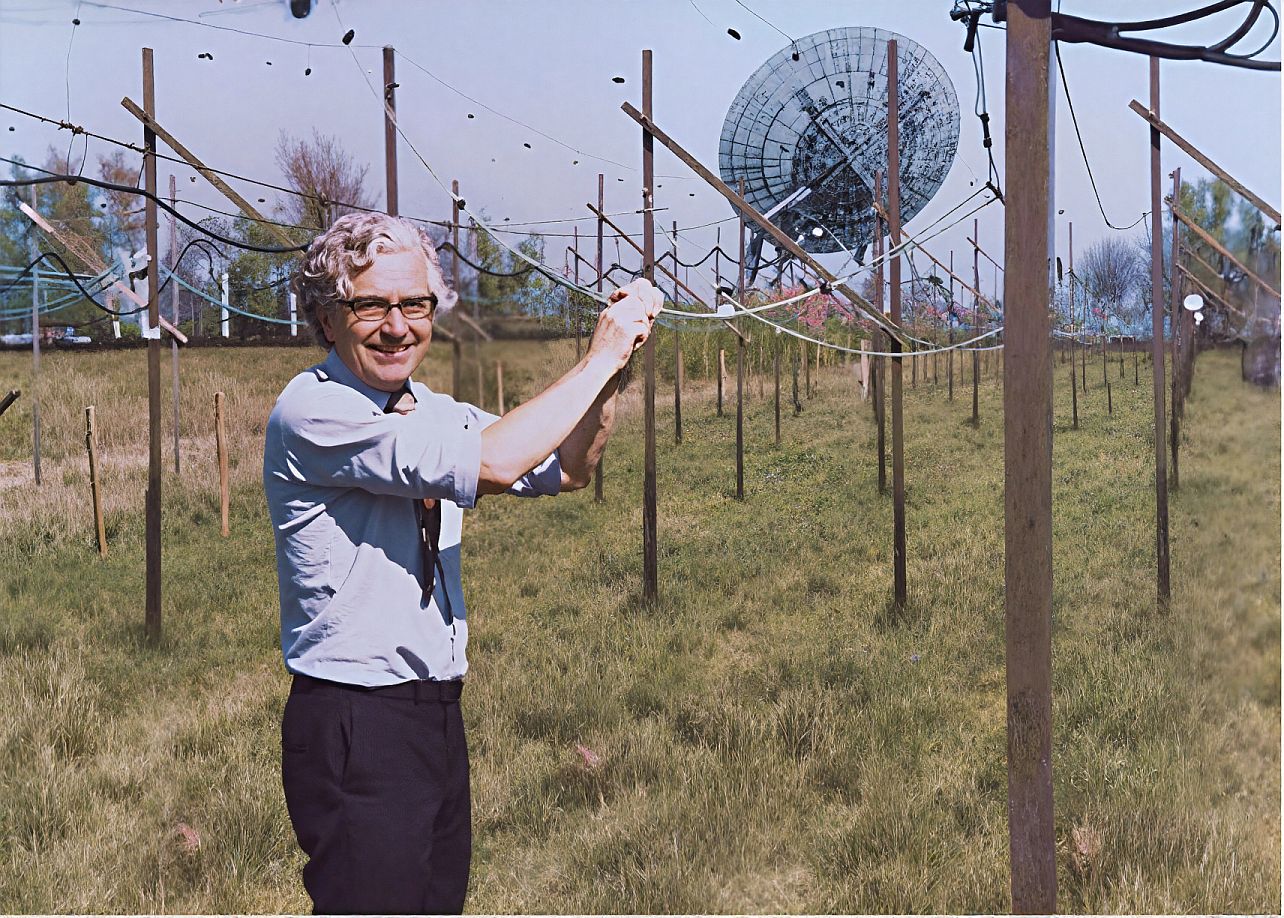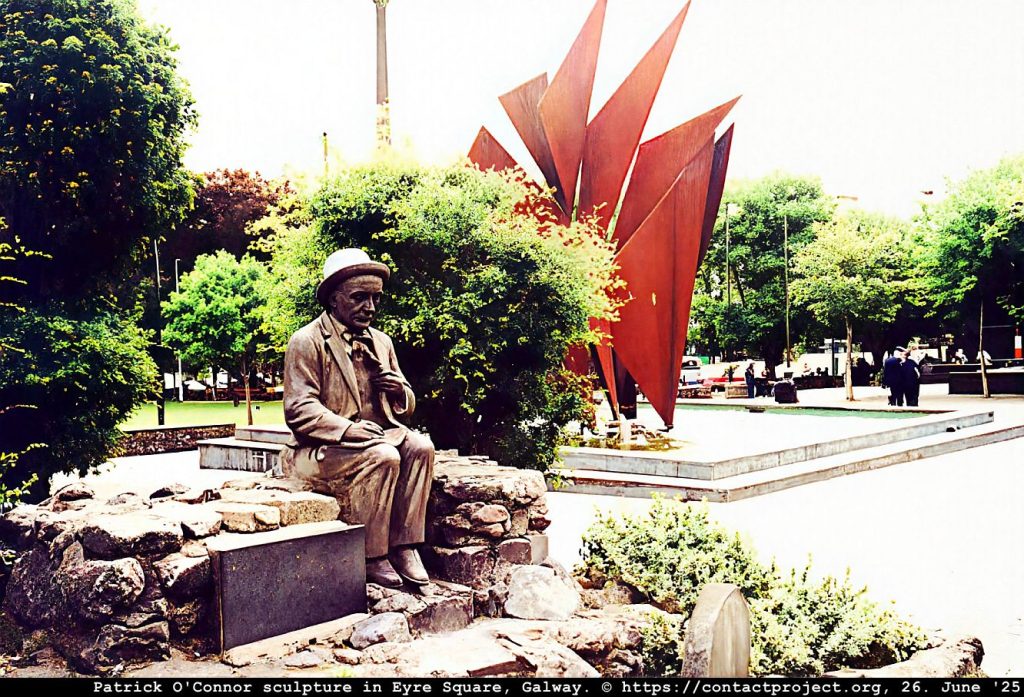Why does Six-Sigma not apply to pulsar theories?
Pulsars have puzzled scientists for over 50 years, and many mysteries remain. Some wonder if these cosmic signals could actually be alien beacons rather than natural objects.

You’ve heard of neutron stars and their eerily precise lighthouse flashes of radio waves. But did you know the world’s leading experts openly admit they still don’t know how or even why pulsars pulse? Despite more than five decades of dedicated research since their discovery, fundamental aspects of the mechanisms that govern pulsars remain incompletely understood.
WHAT THEY WON’T TELL YOU
• 50 Years of “Mystery Science”
– Pulsars were discovered in 1967 by Jocelyn Bell Burnell.
– The first pulsars were named “LGM” for “Little Green Men”,
because they resembled deliberate intelligent signals from aliens.
– The discovery was kept a secret for two years, until a “natural” explanation could be found.
– Yet top reviews concede: “No consensus on how pulsars make coherent radio beams.”
– Even their heavyweight magnetosphere models are “pure speculation,” say the academics.

• Energy “Conversion” Conundrum
– How does a spinning neutron star turn its spin into light and X-rays?
– Experts shrug: “We don’t know where particles get accelerated… or how.”
• Interior Secrets Locked Tight
– The neutron-star Equation of State? A “well-kept secret,” even on Wikipedia.
– We can’t recreate these ultra-dense conditions on Earth – so we’re flying blind.
THE BIG QUESTION SETI WON’T ASK
If we’re this stumped by “natural” objects, could some pulsars actually be artificial beacons – designed by a super-advanced Kardashev Type III civilization? Imagine harnessing a stars energy to craft perfect, long-range lighthouses! Isn’t this a concept that the Kardashev Scale proposes?
Yet SETI protocols dismiss the idea outright:
• They focus on faint, homely radio signals – never megastructures beaming across the Milky Way.
• They’ve never seriously tested whether pulsar “noise” could be cosmic Morse code.
WHAT IF SOME PULSARS ARE ETI LIGHTHOUSES?
– Perfect timing, colossal power output, pinpoint beams… sounds like engineered tech!
– A K-III society could be “pinging” planets for millennia, and we’ve assumed it’s just physics playing tricks.
CALLING ALL STAR HUNTERS
It’s time to break the dogma. We need to:
1. Re-examine pulsar data for hidden patterns or intentional modulation.
2. Expand SETI’s search to include high-power, pulsed signals.
3. Admit our ignorance and embrace wild ideas to solve these cosmic riddles.
Until we dare to ask whether pulsars are aliens’ calling cards, we’ll remain stuck in the dark waiting for E.T. to ring a bell we refused to check. Isn’t it time someone blew the whistle on astrophysics’ biggest oversight?
Scientists on the Limits of Pulsar Knowledge
Beyond the specific unsolved problems within subfields of pulsar research, there are numerous instances where scientists make overarching statements explicitly acknowledging the incomplete state of current knowledge regarding these enigmatic objects.
Several key publications and resources directly state the limitations in our understanding of pulsars:
Beskin, Chernov, Gwinn, & Tchekhovskoy (2015):
In their review “Radio Pulsars,” these authors plainly state, “Almost 50 years after radio pulsars were discovered in 1967, our understanding of these objects remains incomplete.” This is a clear and high-level admission of the persistent gaps in knowledge from experts summarizing the field.
Hankins, Rankin, & Eilek (2009):
The white paper “What is the Physics of Pulsar Radio Emission?” opens with the frank assessment: “Despite much careful theoretical and observational effort, the details of how these rapidly rotating neutron stars radiate are still a mystery.” While focused on radiation, this statement implies broader difficulties in understanding the core processes.
Contopoulos, Kalapotharakos, & Kazanas (2014):
In “A new standard pulsar magnetosphere,” the authors remark, “Though pulsars were discovered almost fifty years ago, they still remain mysterious stellar objects.” This general statement encapsulates the enduring enigmatic nature of pulsars.
NASA on PSR B0943+10:
When discussing the “puzzling pulsar” PSR B0943+10, a NASA resource notes that “astronomers… aren’t sure how the particles get stripped from the surface of the star and accelerated to high energies”. The observation of its inverse radio/X-ray pulsing “reignited debate,” indicating that any prior consensus on such emission behavior was either absent or fragile and that existing models were insufficient.
“Pulsar Electrodynamics: an unsolved problem”:
The very title of a research area or a specific paper can be telling. While there is a paper on this topic, the broader identification of “Pulsar Electrodynamics” as “an unsolved problem” is a direct admission of ongoing challenges. The source itself discusses unresolved issues like “charge starvation” and “current starvation” in electrodynamic models, implying these are areas not fully settled.
The Unknown Equation of State (EoS):
A “Well-Kept Secret”
A critical unknown is the Equation of State (EoS) of matter at these supranuclear densities. The EoS describes the relationship between pressure, density, and temperature, and it dictates the macroscopic properties of the neutron star, such as its radius for a given mass and its maximum possible mass.

Multiple sources unequivocally state the current lack of knowledge. Wikipedia’s entry on Neutron Stars, often reflecting expert consensus, asserts: “The equation of state of neutron stars is not currently known.” The entry elaborates that this uncertainty arises because the extreme densities are impossible to replicate in terrestrial laboratories, and theoretical modeling must incorporate General Relativity as well as complex aspects of Quantum Chromodynamics (QCD), potential superconductivity, and superfluidity of nuclear matter. Understanding the EoS is described as a “major unsolved problem in fundamental physics.”
This sentiment is strongly echoed in the scientific literature. A 2017 review by Chamel et al., “The physics of the neutron star crust,” notes that while the physics of the outer crust is relatively better understood, “the structure of the matter in neutron star cores and in particular its equation of state remain the well-kept secret of neutron stars”. The inability to definitively determine the EoS means that fundamental parameters, such as the precise upper mass limit for neutron stars before they collapse into black holes (the Tolman-Oppenheimer-Volkoff limit), remain uncertain, with theoretical estimates varying.
SIX-SIGMA:
Scientific Theories: When a theory encounters contradictory evidence or fails to explain a new observation, it is not a “defect” in the scientific process. Instead, it signals that the theory may be incomplete, incorrect under certain conditions, or in need of refinement. Such discrepancies are essential for scientific progress, often leading to new hypotheses or even paradigm shifts. This mindset may be exactly what’s needed to advance our understanding of pulsars.
A Visual Approach to Pulsar SETI: Searching for Meaningful Data in Previously Dismissed Signals
Pulsars were too quickly dismissed from SETI. Why? Because there are too many of them? This is a visual representation of one way of searching for meaningful data encoded within their signals:

This image imagines the pulsar’s repeating signal as the groove of a cosmic phonograph. Each pulse – each tick in the data stream – becomes a ridge or indentation along a spiral carved in spacetime. To read it, one needs not only a telescope but a stylus: an instrument sensitive enough to trace modulation, jitter, or non-random deviations that could signify intention.
The superimposed waveforms suggest multiple decoding hypotheses – alternative ways of “tracking the groove.”
One model aligns to the expected astrophysical spin; another searches for phase drift, harmonic layering, or sidereal interference – anything that could betray an embedded signal within the natural rhythm. Like playing a damaged record, each pass with the analytic “needle” may reveal a different voice beneath the static.
In this metaphor, SETI is the art of deep listening – treating pulsars not only as cosmic metronomes but as possible information carriers, natural beacons repurposed or engineered by intelligence.
If such a modulation existed, it would be written not in human speech but in timing, symmetry, and harmonic resonance – a music of mathematics.
To decrypt a pulsar is therefore to attune consciousness itself:
to convert mechanical detection into aesthetic recognition,
to bridge astronomy and meaning.
References:
Are Radio Pulsars Extraterrestrial Communication Beacons?
https://www.researchgate.net/publication/264785777_Are_Radio_Pulsars_Extraterrestrial_Communication_Beacons
Pulsar Positioning System: A quest for evidence of extraterrestrial engineering
https://arxiv.org/abs/1704.03316
A 4–8 GHz Galactic Center Search for Periodic Technosignatures
https://iopscience.iop.org/article/10.3847/1538-3881/acccf0
‘Unlike anything we have seen before’: Astronomers discover mysterious object firing strange signals at Earth every 44 minutes, May 28, 2025
https://www.livescience.com/space/unlike-anything-we-have-seen-before-astronomers-discover-mysterious-object-firing-strange-signals-at-earth-every-44-minutes
Chameleon pulsar takes astronomers by surprise, 19 February 2013
https://observatoiredeparis.psl.eu/chameleon-pulsar-takes-astronomers-by-surprise.html
Black hole blazar changes direction and now points its jet towards Earth
An inexplicable change of course
https://ras.ac.uk/news-and-press/research-highlights/galaxy-changes-classification-jet-changes-direction
(FRINGE) Decoding the Message of the Pulsars: Intelligent Communication from the Galaxy
https://www.amazon.com/Decoding-Message-Pulsars-Intelligent-Communication/dp/1591430623
Beskin, V. S. (2018). Radio pulsars. Physics-Uspekhi, 61(7), 655–686.
Hankins, T. H., Rankin, J. M., & Eilek, J. A. (2009). What is the Physics of Pulsar Radio Emission? Astro2010: The Astronomy and Astrophysics Decadal Survey, Science White Papers, no. 120.
Contopoulos, I., Kalapotharakos, C., & Kazanas, D. (2014). A new standard pulsar magnetosphere. Monthly Notices of the Royal Astronomical Society, 443(1), L45–L49.
NASA. (2013, October 23). NASA’s Chandra and XMM-Newton Find Puzzling Pulsar. NASA Missions.
Petri, J. (2019). Pulsar electrodynamics: an unsolved problem. Journal of Plasma Physics, 85(5), 15850501.
Chamel, N., Fantina, A. F., & Zdunik, J. L. (2017). The physics of the neutron star crust. In The Physics and Astrophysics of Neutron Stars (pp. 57-95). Springer, Cham.





